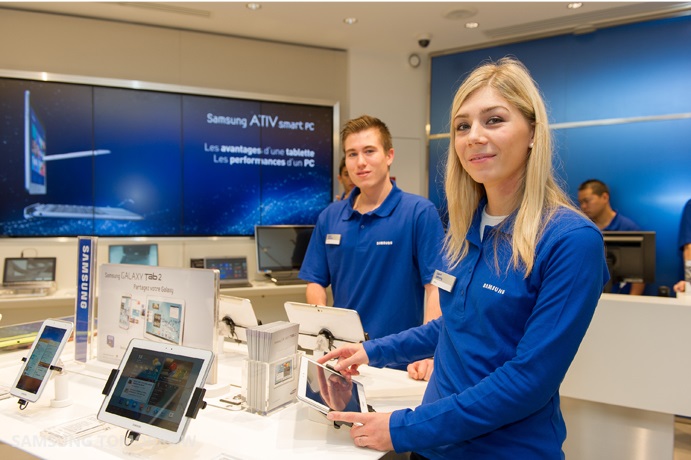Samsung narrows gap as Apple’s U.S. smartphone market share slips to 49%

Samsung is making a bold comeback in the U.S. smartphone market, fueled by a surge in shipments and the launch of cutting-edge foldable devices that are turning heads—and flipping expectations.
According to new data from Canalys, Samsung’s market share in the U.S. jumped from 23% to 31% in the second quarter of 2025, marking a significant gain over the previous period. Apple, meanwhile, saw its share dip from 56% to 49%, signaling rare turbulence for the tech giant that has long dominated the American smartphone landscape.
Foldables Drive Momentum
Samsung’s momentum coincides with the July release of two new foldable phones under its Galaxy brand: the Galaxy Z Fold 7, which unfolds into a tablet-like display, and the Galaxy Z Flip, a sleek throwback to flip phones with modern features. These devices, alongside the ultra-thin Galaxy S25 Edge launched earlier this spring, have gained traction on social media, especially in durability tests that showcase their engineering prowess.
The Z Fold 7 starts at $1,999 for the 256GB version and tops out at $2,419 for 1TB—positioning it as a premium alternative to Apple’s iPhone 16 Pro Max, which ranges from $1,199 to $1,599 depending on storage.
Apple’s Shifting Strategy
Despite reporting a 13% year-over-year increase in iPhone sales in July, Apple’s recent market share decline has raised eyebrows among analysts and investors. The company’s stock is down 7.5% this year, underperforming all other U.S. megacap tech firms except Tesla. In contrast, Samsung’s stock has surged 35% in 2025.
Analysts say Apple is preparing to respond with new form factors. A slimmer iPhone is expected next month, and JPMorgan Chase analyst Samik Chatterjee predicts a foldable iPhone could arrive as early as 2026.
Still the Leader—For Now
Apple remains the top smartphone vendor in the U.S., maintaining the majority of new sales. Globally, it often trails Samsung, but the recent domestic slip suggests a shifting dynamic in a market Apple has dominated for over a decade.
As foldables gain mainstream appeal and competition heats up, the battle for smartphone supremacy is entering a new phase—one that could reshape consumer expectations and redefine innovation.